As Grayson Perry’s public profile soars, there’s a danger that his art will be submerged beneath his personality, that his role as cultural commentator will eclipse his practice as an artist. When he exhibited at the National Portrait Gallery (2014–15) and British Museum (2011–12), his works were subsumed in a different way: juxtaposed with antecedent objects, they became part of a dialogue with the past, not taken on their own terms.
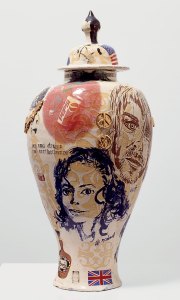
Sex and Drugs and Earthenware (1995), Grayson Perry. Courtesy the artist and Victoria Miro, London © Grayson Perry
‘Provincial Punk’ at Turner Contemporary rectifies this, setting Perry against Perry. Almost 70 items from three decades have been gathered for the show, several from private collections. There are ceramics, etchings and tapestries, along with a handful of watercolours and early video works. Student sketchbooks sit alongside tiles from the House for Essex, completed just weeks before the exhibition opened. Although it’s not a cohesive retrospective – indeed, it’s arranged in a deliberately non-chronological fashion – it does provide a significant overview of his entire oeuvre.
For many visitors, the most familiar items will be the most recent, represented here by a vase and tapestry from ‘Who Are You?’ at the National Portrait Gallery. They find Perry in observational mode, training his eye on both individuals and British society in general. They may be refracted through Perry’s own long-standing sensibilities, but they are nonetheless the creations of an artist looking out. But these works are his most uncharacteristic, a departure from the merciless inward focus that defines much of his production.

The Walthamstow Tapestry (2009), Grayson Perry. Courtesy the artist, Paragon Press and Victoria Miro, London © Grayson Perry
Sometimes, Perry’s creations explicitly catalogue fragments of his psyche; more often, they reveal it via a series of recurring interests and motifs. Transvestism, national identity, folk traditions, consumerism, taste and social class: these concerns are deeply personal to him, and resonate across his career. In his own words, ‘the spirit of the work hasn’t changed.’
What has changed is the directness with which he attacks these themes. His earlier ceramics jostle with colliding words and images – Dadaist collages in three dimensions. They’re exuberant and frequently grotesque, with an overpowering sense of Perry’s cluttered intellect. Historical references keep emerging as you gaze, as with the tiny Andrea della Robbia baby hidden in Meaningless Symbols (1993). Although the ostensible message is often found in the title, these proclamations are complicated by masses of detail. They divulge their richness over time.
Later pieces choose their target and stick to it. Chaos gives way to patterns and classification, the morass of ideas refined into clarity. They dazzle with their variety, and several come close to the sort of conventional beauty that Perry initially refuted. But they still demonstrate bracing self-interrogation, their societal critiques yoked to the mind of their creator.
There are misfires. His ‘80s films, restored by the BFI, are fun but flimsy, cribbing Derek Jarman’s techniques without the poetry and theatre. A display of Turner’s paint box and palettes is an inexplicable addition, despite tenuous claims linking the two artists via technological innovation.
As a whole, though, this is an excellent survey of a uniquely engaging artist. Even as he ascends to the cuddly status of national treasure, Perry’s work remains boisterous and honest, resolutely his own. We are lucky to have him.
‘Grayson Perry: Provincial Punk’ is at Turner Contemporary, Margate, until 13 September.
Related Articles
National Treasure? Grayson Perry retains his realist edge
Grayson Perry wins 25th Critics’ Circle Annual Award
Unlimited access from just $16 every 3 months
Subscribe to get unlimited and exclusive access to the top art stories, interviews and exhibition reviews.

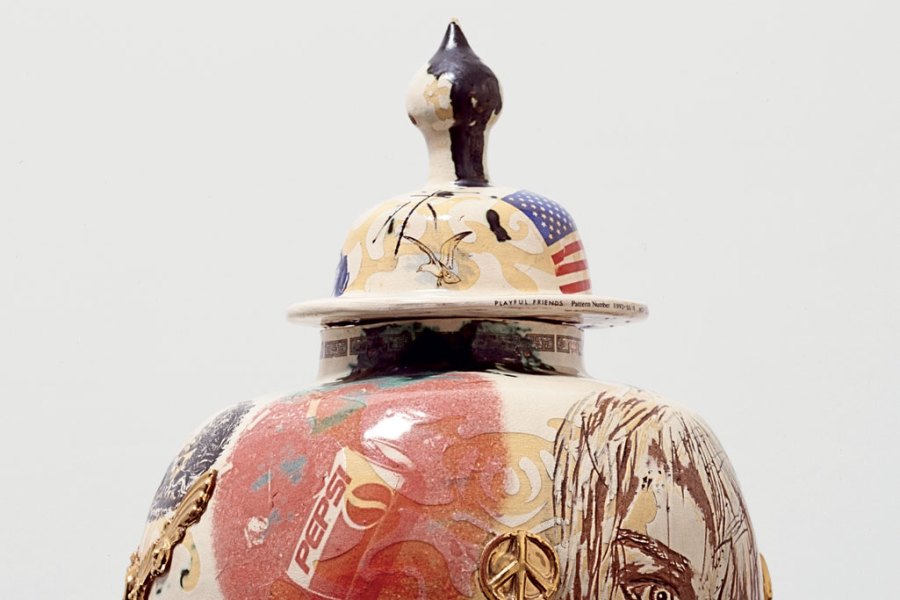
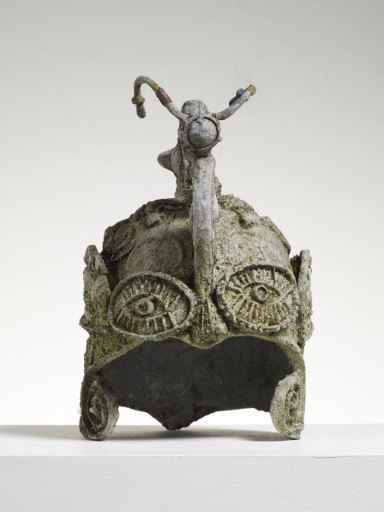
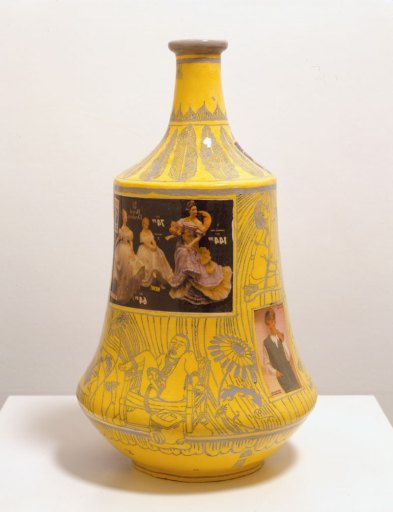

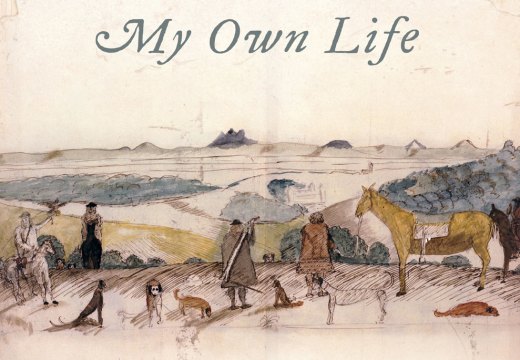
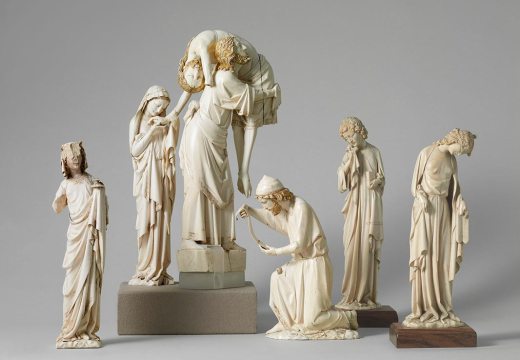









![Masterpiece [Re]discovery 2022. Photo: Ben Fisher Photography, courtesy of Masterpiece London](http://www.apollo-magazine.com/wp-content/uploads/2022/07/MPL2022_4263.jpg)
Has the Fitzwilliam got its rehang right?